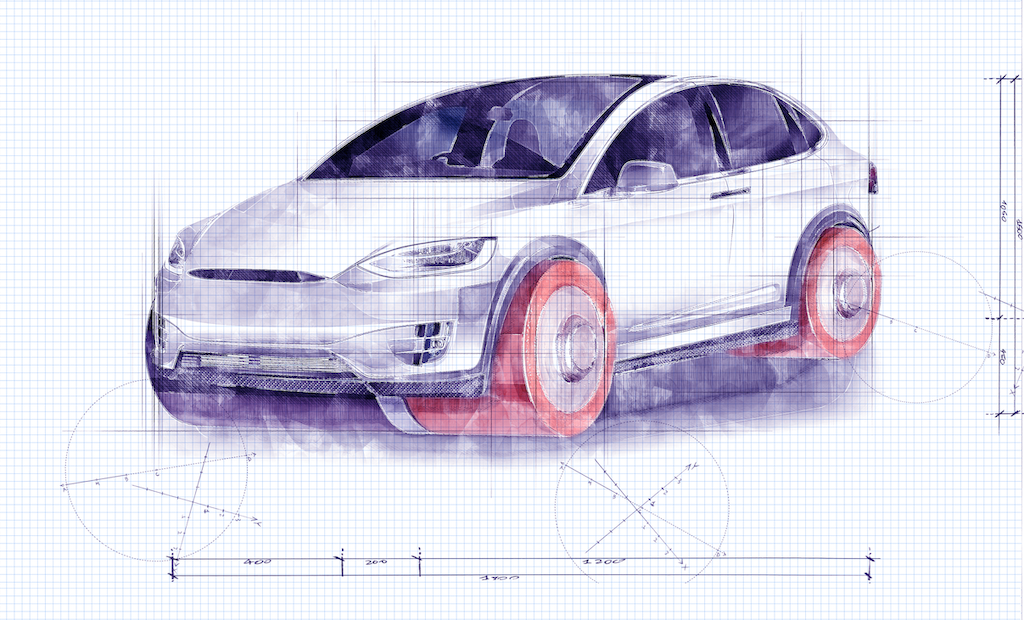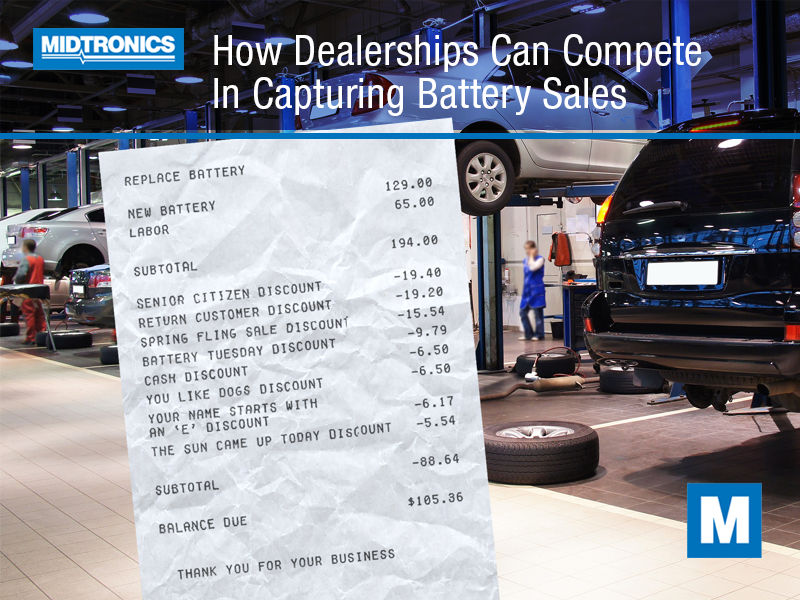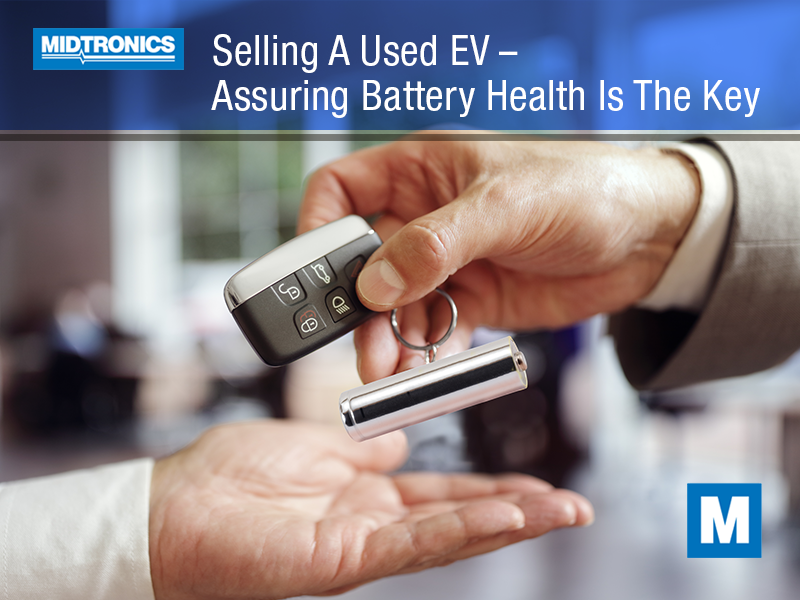In the coming months and years, electric cars, trucks, and SUVs are set to be released by car manufacturers in droves. It’s no passing fad, either, as states begin to legislate the end of new car sales with internal combustion engines. Some bans are coming as soon as 2030. The influx of electric vehicles will have huge amounts of electricity storage in batteries with most manufactured with lithium-ion.
Some models have driving ranges up to and beyond 500 miles on a single charge. Keeping that effective range hinges on maintaining your battery life properly.
How Lithium-Ion batteries work
It helps to understand the way a lithium-ion (Li-ion) battery operates if you want to know how to avoid losing capacity from use. A battery contains an anode, a cathode, a separator, and an electrolyte. The electrolyte material contains a lithium solution that transfers only ions through a thin plastic film known as a separator that keeps the anode and the cathode apart.
As the battery discharges, lithium ions pass in one direction – from the negatively-charged anode to the positively-charged cathode. When the battery is being charged, the ions flow in the other direction.
The same principle applies for other battery types as well. However, Li-ion batteries are more energy dense and have no memory effect, making them a great option for EVs.
What degrades an EV battery?
EV battery life is bound to slowly degrade over many years, and most carmakers are warrantying the battery packs against defect for eight years or so. Some batteries will experience degradation at a faster rate than others in one of two ways: capacity fade or power fade. Capacity fade reduces the amount of energy the battery can store while power fade reduces the rate at which the battery can discharge and recharge, affecting performance.
These effects are due to some common operations, and they aren’t necessarily wrong or bad. You can keep degradation at bay and maximize your battery life with these five actions:
1. Minimize exposure to extreme temperatures
Did you know that car charger manufacturers like Wallbox have temperature recommendations for charging your EV? The best temperature for charging a Li-ion battery is between 15 and 35 degrees Celsius, or 59 to 95 degrees Fahrenheit. Of course, it’s impossible to always operate or charge your car in this temperature range, but it’s what your battery prefers.
If your EV battery is exposed to extremely high temperatures, it can degrade the separator and the materials that bind compounds inside the battery. Other effects like electrolyte decomposition can also occur. And in cold temperatures, it’s much harder for ions to transfer through the separator material.
2. Resist the urge to top up the charge
Range anxiety is one of the main detractors for EV adoption, which might resonate with you. The ability to travel wherever you need without worry of depleting your battery or requiring an unscheduled charging stop is important for most potential buyers, especially those who commute daily. If you’re someone who wants to keep the charge topped up to 100% all the time, it will take its toll on your battery.
Maintaining a high state of charge all the time can actually degrade a rechargeable battery. It’s what’s considered overcharging. Like any other li-ion battery – like that you’d find in a laptop – it’s better to let the battery run down sometimes before recharging. So if you’re EV’s battery is at 80% and you know you’ll be using 30% of your range the next day, consider leaving it unplugged. Plug it in tomorrow when it’s at 50% or even a bit lower.
3. Don’t let it stay completely discharged
Electric car batteries aren’t like a fuel tank that physically empties and can simply be replenished by “filling up”. When they’re discharged down to zero, they maintain a small charge to prevent damage to the battery. But if that’s allowed to discharge due to lack of use or storage, it will affect your battery’s life.
Avoid depleting the battery to nothing since it can allow transition metals inside to dissolve as well as other harmful effects. Repeatedly letting it run down to “empty” will have a cumulative effect on your range and performance over time.
4. Slower charges are better
Carmakers boast about fast-charging capabilities (considered Level 3 Charging) including CCS Fast Charging, Tesla Supercharging, and CHAdeMO chargers. In some cases, you can get 80% charge in around 15 minutes or so, and that’s perfect for a busy lifestyle. But it can come at the cost of battery life if it’s done often.
During Level 3 charging especially, fast charging combined with warm outside temperatures can contribute to accelerated rates of battery degradation. Over the course of a few years, it’s likely only a few percent difference in capacity between batteries that have used Level 3 and those using Level 2 charging, but it’s significant enough to merit a discussion.
5. Let the battery cool before charging
As mentioned, temperatures during parking as well as operation affect battery life, but so does the battery’s temperature itself. After a drive that has had higher rates of discharge, whether due to towing and hauling or periods of hard acceleration, the battery temperature can increase significantly. It’s because the flow of ions from the anode to cathode happens at a much higher rate, and the byproduct is heat generation. Charging while the battery is still hot has the same effect as charging it in extremely warm ambient temperatures.
Instead, give your EV time for the battery to cool down before putting it on the charger. Even a half hour or an hour in a cool garage can cool the battery so it’s more readily able to accept a charge without any effects.
To sum it up…
All rechargeable batteries degrade over time, but the trick is to keep yours working its best as long as you can. It will make a difference for how much you enjoy and trust your vehicle while you own it, and it will definitely help keep your resale value higher when the time comes.
The best care for your EV battery includes avoiding extreme heat and cold when possible, staying away from overcharging the battery or letting it completely discharge, and keeping the charge rate as slow and steady as feasible.




